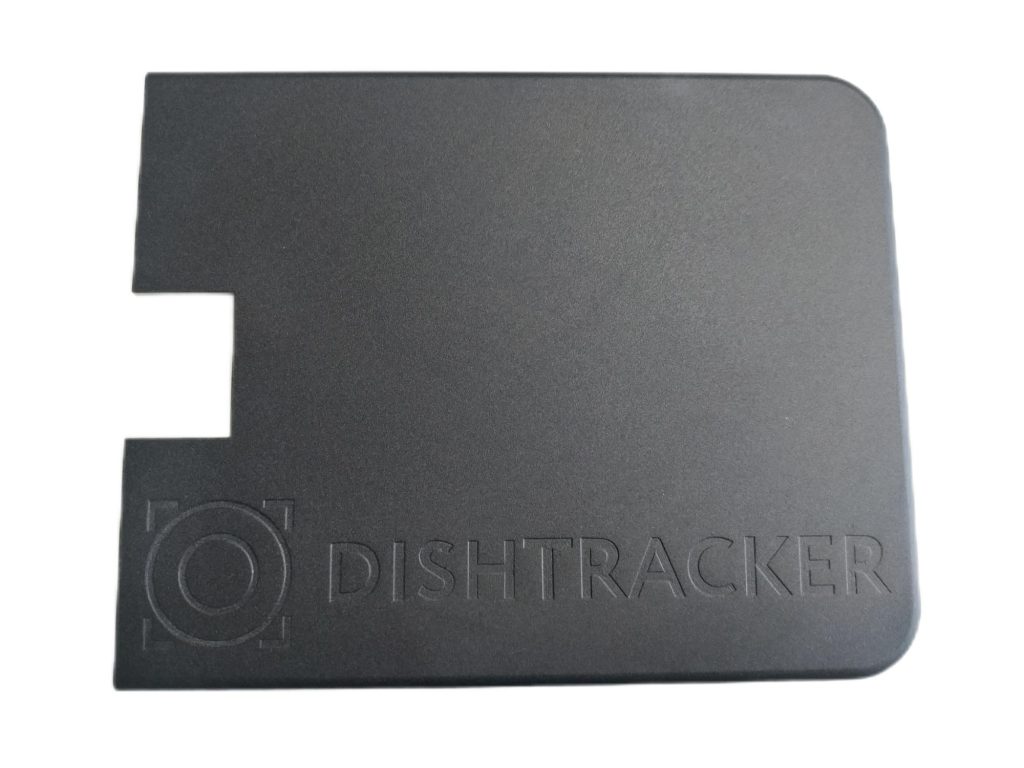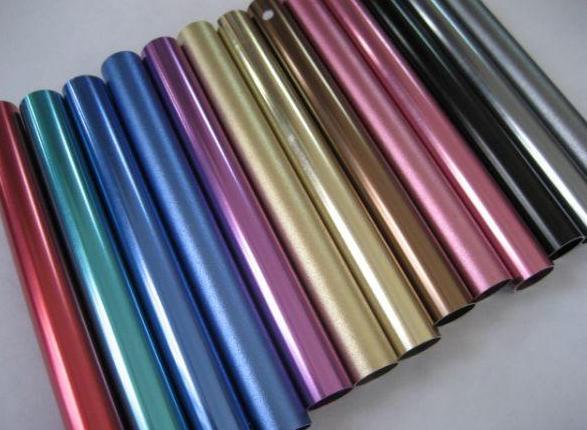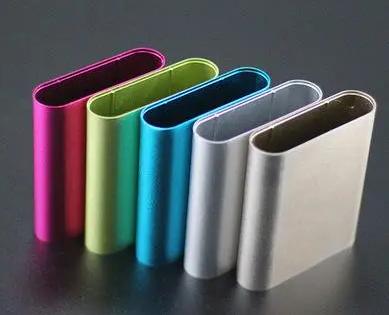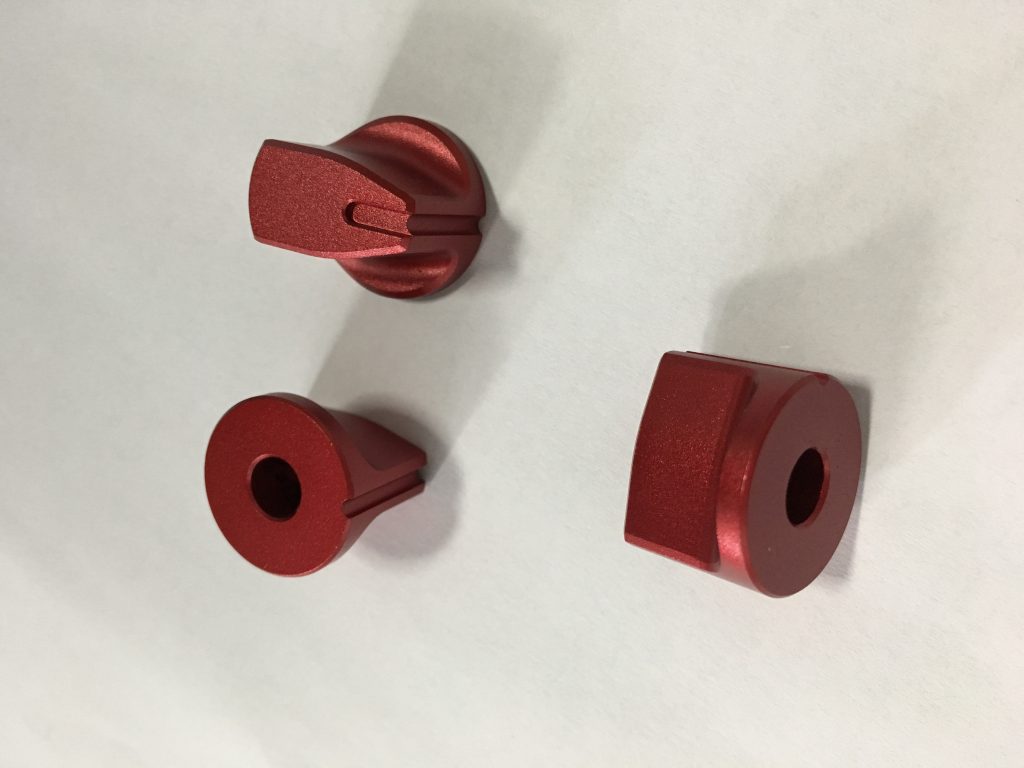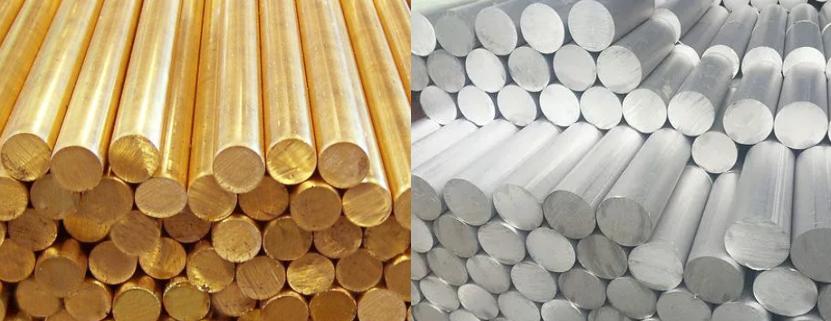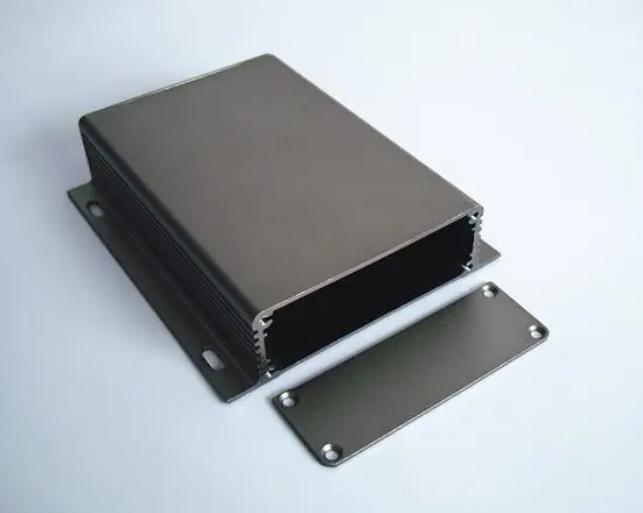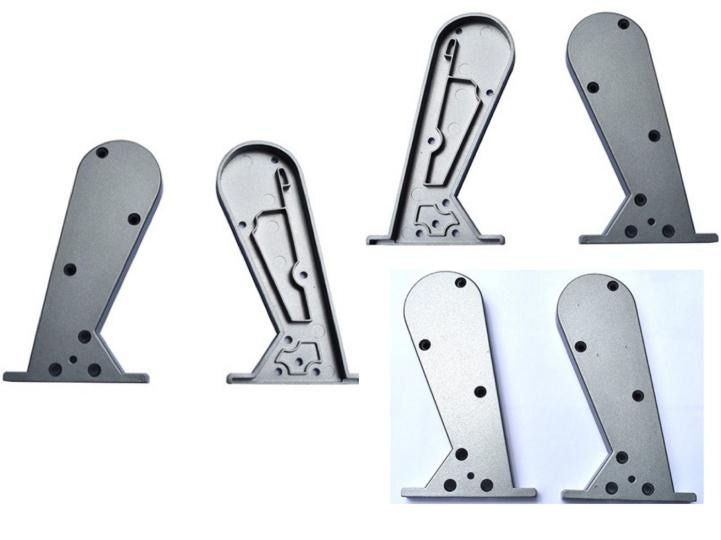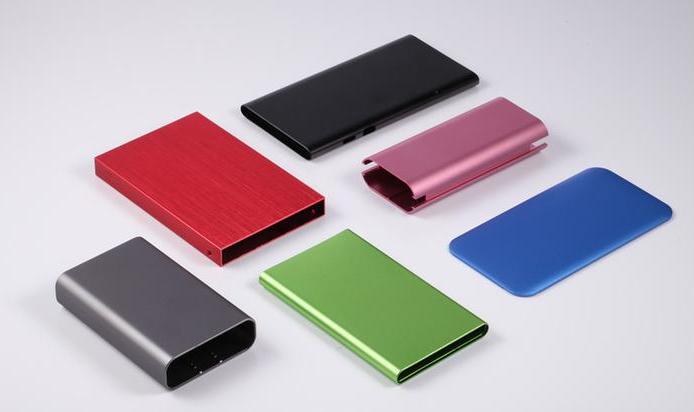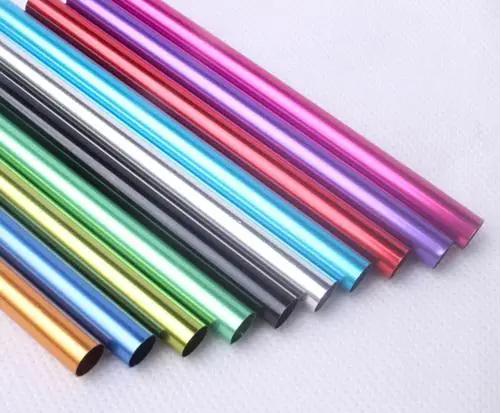Clear anodized aluminum is a versatile material with a wide range of applications. It is created by subjecting regular aluminum to an electrochemical process known as anodization. Clear anodized aluminum has a distinctive combination of strength, corrosion resistance, lightweight properties, and a clean appearance, making it a popular choice for a variety of applications. However, to achieve the best results in your project, you must first understand the selection and CNC machining processes.
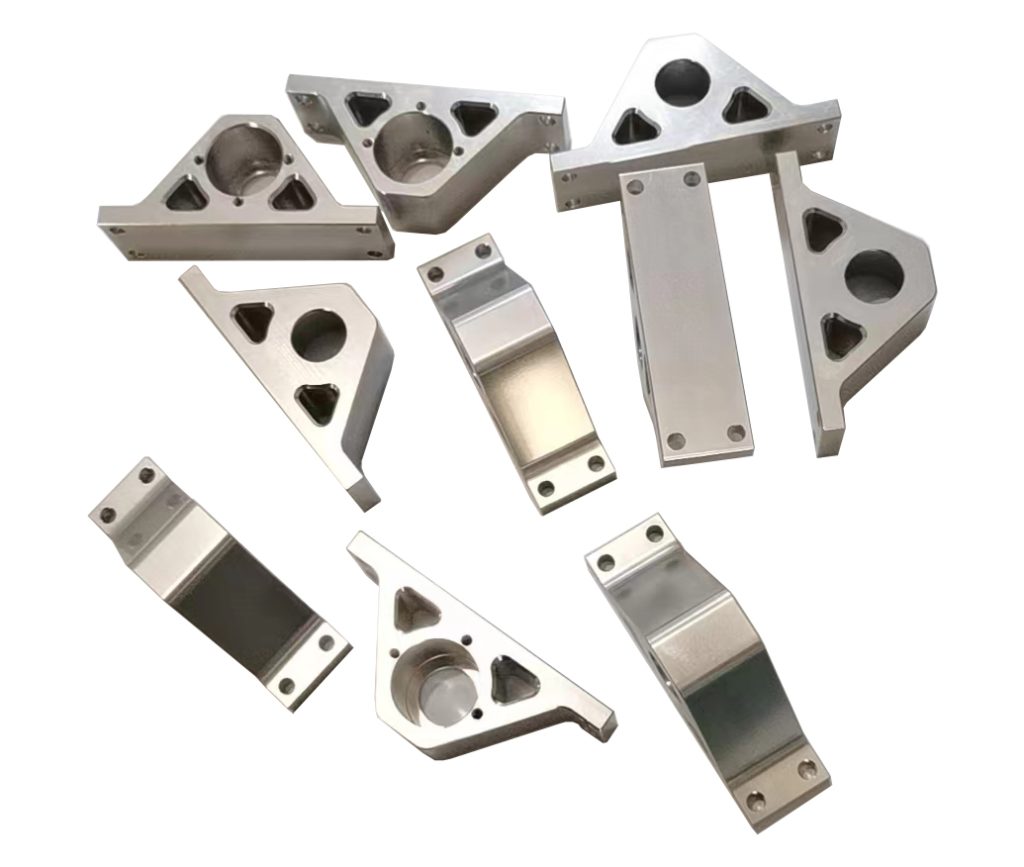
What Are Some Things to Consider When Choosing a Clear Anodized CNC Machined Aluminum Part?
Choosing clear anodized CNC machined aluminum parts provides a compelling combination of strength, aesthetics, and functionality for a variety of uses. However, to get parts that meet your specific needs, there are several key factors to consider:
Factor 1: Part Design and Functionality
- Complexity: CNC machining excels at producing complex geometries. However, extremely intricate designs with tiny features or very thin walls may be difficult or costly to manufacture. Assess the complexity of your design and ensure that it can be achieved using CNC machining for clear anodized aluminum.
- Dimensional Tolerances: Precision in part dimensions is crucial. CNC machining provides excellent accuracy, but tighter tolerances increase cost and production time. Define your tolerance requirements clearly to ensure that the parts work as intended.
- Material Thickness: The thickness of the aluminum stock material must be adequate for the part’s strength and rigidity. Consider the loads that the part will face and select an appropriate thickness.
Factor 2: Machining Process and Surface Finish
- Machining Method: The final surface texture of the part can be affected by the specific CNC machining method used (for example, milling or turning). Milling results in a stepped or linear finish, whereas turning produces a smoother, more concentric finish. Choose a method that meets your desired aesthetic and functional requirements.
- Surface Finish Smoothness: The achievable smoothness of the surface finish is determined by the machining method used and the tolerances specified. Higher precision machining can result in a smoother surface but at a higher cost. Determine the appropriate level of smoothness for your application.
- Post-Machining Treatments: Additional processes such as sanding, bead blasting, or polishing can improve the surface finish after machining. These techniques can produce a matte finish rather than the typical slight reflectivity of clear anodizing, as well as a smoother surface.
Factor 3: Material Properties and Anodizing
- Clear Anodizing: Although clear anodizing has several benefits, it’s important to note that the clarity and transparency may vary slightly. The anodized layer may have a faint cloudiness depending on the anodizing process parameters.
- Alternative Finishes: Although clear anodizing is commonly preferred for its transparency, very light or pastel-colored anodized finishes may be possible if some level of transparency is still required. Consider these options if you want a hint of color while still maintaining visibility through the aluminum.
Factor 4: Additional Considerations
- Lead Time: The lead time for producing clear anodized CNC machined aluminum parts varies based on the part complexity, order quantity, and machine shop workload. Consider this when planning your project timeline.
- Quality and Certification: Ask Reputable manufacturers for aluminum CNC machining services, they should follow industry standards like ASTM specifications for machining and anodizing processes. Some industries, such as aerospace, may require specific certifications based on the application.
By carefully considering these factors, you can make more informed decisions when selecting clear anodized CNC machined aluminum parts. This ensures that they not only meet your functional requirements for strength and durability but also provide the desired aesthetic and surface finish for your project.
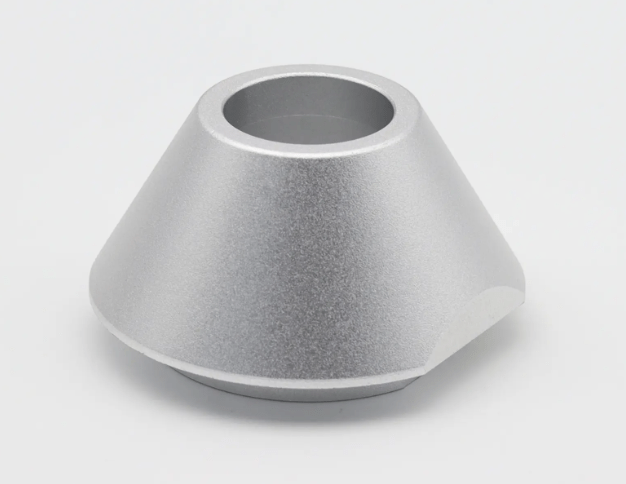
How Will the CNC Machining Process (CNC Milling Vs CNC Turning) Affect the Final Surface Texture of the Clear Anodized Part?
| CNC Machining Process | Surface Texture | Advantages | Disadvantages | Applications |
| CNC Milling | Stepped or linear finish | Can create complex geometries; More versatile than CNC turning | Surface finish is not as smooth as CNC turning ; Can be more expensive than CNC turning | Prototyping Manufacturing complex parts; Creating parts with tight tolerances |
| CNC Turning | Smooth, concentric finish | Surface finish is smoother than CNC milling; Can be less expensive than CNC milling | Cannot create as complex geometries as CNC milling; Not as versatile as CNC milling | Mass production of parts Creating parts with a smooth surface finish ; Creating parts with symmetrical features |
Clear anodized aluminum parts can be made using either CNC milling or CNC turning. The chosen process will be determined by the desired surface texture, the complexity of the part, and the budget.
How Smooth Can the Surface Finish of a Clear Anodized CNC Machined Aluminum Part Be?
The achievable smoothness of a clear anodized CNC machined aluminum part depends on an interplay between several factors:
Factor 1:CNC Machining Process
- Milling vs. Turning: CNC milling typically produces a stepped or linear finish due to the discrete cutting action of the milling tool. CNC turning can achieve a smoother, more concentric finish because the toolpath rotates continuously around the part’s axis.
Factor 2:Machining Parameters:
- Tool Selection: The cutting tool used has a significant impact on the surface finish. Sharper tools with finer cutting edges produce smoother surfaces than blunt or worn tools. Due to the smaller point of contact, using ball nose end mills in CNC milling can result in a smoother finish than flat end mills.
- Feed Rate and Speed: Surface roughness is influenced by the cutting tool’s speed and feed rate through the material. Slower feed rates and lower cutting speeds enable more precise material removal, resulting in a smoother surface. In contrast, higher feed rates and speeds prioritize faster machining but may result in a rougher finish.
Factor 3:Post-Machining Treatments
- Sanding and Polishing: After CNC machining, the part can be further treated, such as sanding with progressively finer grits or polishing with compounds, to achieve a mirror-like finish. These processes effectively eliminate microscopic irregularities left by the machining tool.
Factor 4:Material Properties
- Aluminum Alloy: Different aluminum alloys can have slightly different machinability characteristics. Softer aluminum alloys tend to machine more smoothly than harder alloys.
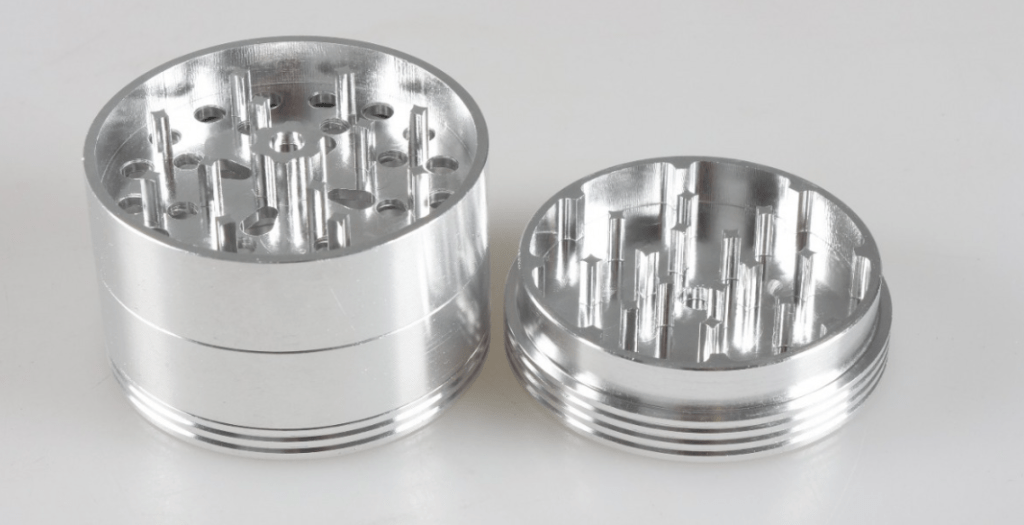
Here’s a Breakdown of Achievable Surface Finishes:
| As-Machined | The surface will have a visible toolpath pattern immediately after leaving the CNC machine. The roughness (Ra value) varies from 3.2 µm (125 micro inches) for standard milling to 1.6 µm (63 micro inches) for finer milling processes. |
| Light Smoothing | Post-machining techniques such as light sanding or bead blasting can enhance the surface to a Ra of approximately 0.8 µm (32 microinches). |
| Medium Smoothing | Extensive sanding or polishing can achieve a Ra of 0.4 µm (16 micro inches) or higher. |
| High Smoothing | Using specialized polishing techniques, a mirror finish can be achieved with a Ra value below 0.1 µm (4 micro inch). |
Clear anodized CNC machined aluminum parts can have a variety of surface finishes, from visible toolpath marks in the as-machined state to a near-mirror shine. Understanding the factors that influence smoothness, as well as the trade-offs between finish quality and cost, will allow you to select the best machining parameters and post-processing techniques for your clear anodized aluminum parts.
Conclusion
Clear anodized aluminum has a unique combination of strength, corrosion resistance, and lightweight characteristics. However, not all applications require the same amount of each. Understanding the factors involved in selecting clear anodized aluminum allows you to choose the best material for your specific requirements. The chosen CNC machining method has a significant impact on the geometry and surface texture of the finished part. Understanding these distinctions enables you to choose the process that best suits your part’s design complexity and desired surface finish. Overall, knowing how to select and machine clear anodized aluminum allows you to create parts that not only function flawlessly but also achieve the desired aesthetics and contribute to a successful project while staying within budget and time constraints.


